Google Core Web Vitals for E-commerce Site: Why Should You Care and How Do You Optimize for It
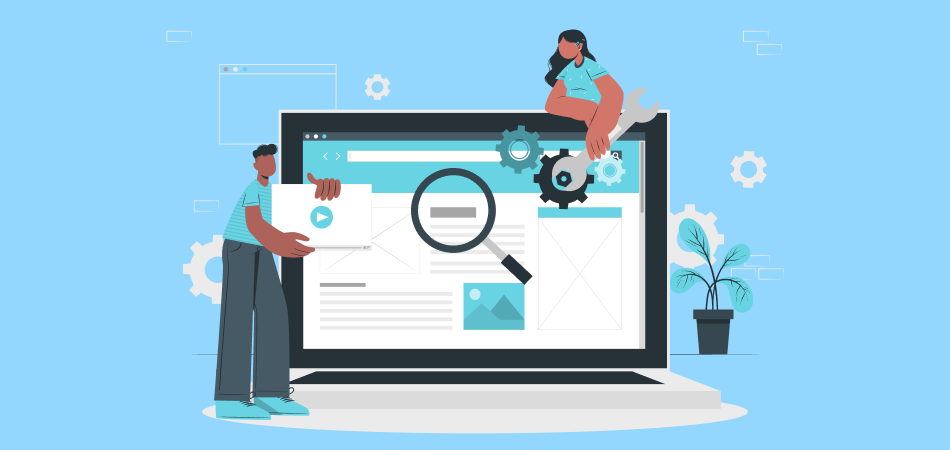
Google Core Web Vitals is a set of metrics that assess several sides of a website’s technical performance and interaction with user requests.
This set contains three performance indicators:
- Largest Contentful Paint (LCP)
- Cumulative Layout Shift (CLS)
- First Input Delay (FID)
In this guide, we’ll tell you about the role of Core Web Vitals for e-commerce and share actionable tips on optimizing each metric.
The Role of Core Web Vitals for E-commerce
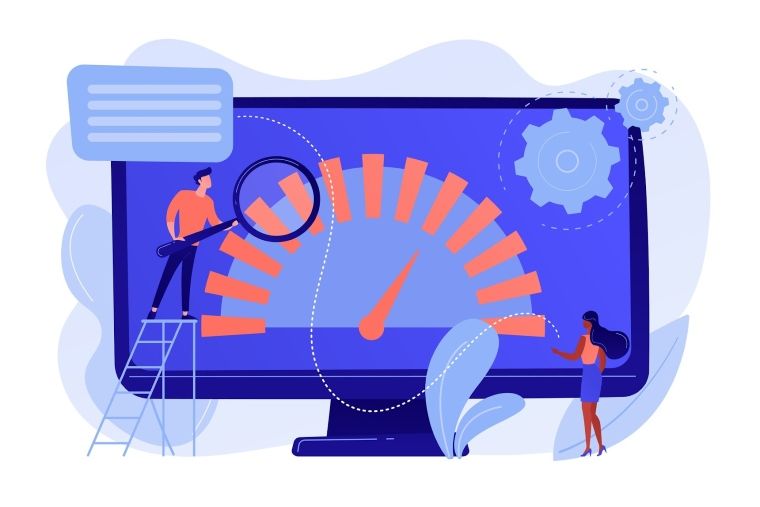
First and foremost, Core Web Vitals optimization is an integral part of E-commerce SEO. The value of search engine optimization for E-commerce, in particular, can be expressed via the following primary benefits:
- Lots of cost-effective, organic traffic
- Better brand outreach and awareness
- Higher consumer trust
- Increased sales
SEO can propel fast and stable growth for your E-commerce website with the right approach. After all, it has been proven to be one of the best, cost-effective ways to promote a business and drive traffic.
Now, how is it linked to the metrics we’ve told you about earlier?
The thing is that reaching the top positions in search engines (the ultimate goal of E-commerce SEO) would be impossible without meeting Google's Vitals standards. Search engines reward sites with a good Core Web Vitals score by placing them higher on search engine result pages (SERPs). Respectively, sites that leverage Core Web Vitals optimization usually receive better rankings, traffic, and overall user trust and loyalty.
Additionally, we have to emphasize the role of Core Web Vitals optimization in ensuring the best customer experiences. To understand the idea behind this statement, let’s quickly break down the three Core Web Vitals metrics:
- LCP stands for page loading performance.
It’s being assessed based on the time needed to render the largest element of content on the page (often, a video or image).
- FID determines your site’s interactivity and responsiveness.
These performance indicators are measured based on how long the page needs to respond to the initial user interaction (e.g., a click, tap, etc.).
- CLS stands for the visual stability of your pages.
It’s assessed based on the total number of unexpected individual layout shifts that take place through the lifespan of the page.
After seeing the definitions, you should understand the value of these metrics for user experience. When your page takes too long to load, doesn’t respond to users’ interactions, or the site’s layout shifts chaotically, all these things can make your potential buyers leave without giving you a chance to convert them. However, if you create an incredible user experience for them, your prospects will be more likely to buy.
4 Steps to Effective Core Web Vitals Optimization
1. Conducting a Core Web Vitals Audit
To enhance your E-commerce website's Core Web Vitals score, you need to define your current metrics first. This will give you an idea of which of the three metrics needs your attention to improve the overall performance.
To identify your score, you will need to use a specialized tool. One option is Google’s Search Console, from which you can get a detailed Core Web Vitals report. Apart from the Search Console, you can try using various 360-degree SEO platforms that scan Core Web Vitals metrics and other necessary SEO aspects. You can explore and compare popular tools for technical SEO, keyword research and link building at review sites and pick the option that suits you best. For example, Best Backlink Checker tools are vital to use for your-off page optimization after finishing the Core Web Vitals improvements.
After running a comprehensive Core Web Vitals audit, compare your results with the table below to see if your indicators are good or require improvements:

|
Pre-set the Best Shipping Methods DSers Shipping Settings - Pre-select your favorite shipping method to save money and time |
If your FID needs improvement, the following tips can help:
- Optimize JavaScript execution
Heavy JavaScript is one of the primary reasons for poor FID. So, the first thing you may want to do is optimize your JavaScript execution for faster initial payload and ongoing site responsiveness. Some things you can do include reducing the amount of JS code used to build each page, leveraging minified files, compressing JavaScript, etc. Pro tip: If you’re improving Shopify Core Web Vitals, remember that the platform provides an in-depth guide on how to write and customize your JavaScript functions. Be sure to follow it to effectively optimize your code for better FID.
- Prioritize loading of essential scripts
Another reason your FID might be poor is that your pages load all scripts simultaneously, reducing responsiveness at the first interaction. To avoid this, you can prioritize essential scripts crucial for E-commerce user interactions and make them load beforehand.
- Streamline third-party plugins
The use of an abundance of third-party plugins (which also bring additional codes and tags) may increase input latency. To avoid this, minimize the amount of plugins you use. Use consolidative solutions instead of multiple plugins that perform similar functionality, and make sure that all your plugins work seamlessly together.
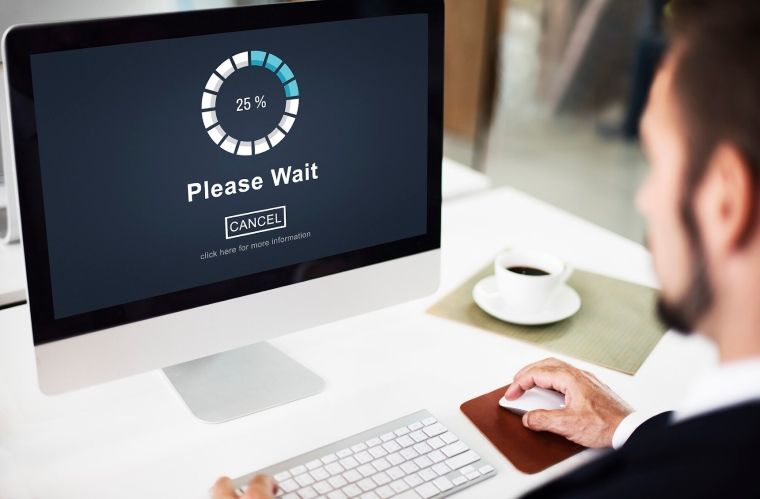
4. Improving Cumulative Layout Shift (CLS)
Lastly, if you notice any errors in your site’s CLS after your Core Web Vitals audit, take the following steps to improve this metric:
- Stabilizing layouts for dynamic elements.
Various dynamic elements like product images, ads, embeds, and others can greatly affect your CLS. To avoid this, consider reserving enough space for later-loading content by specifying a minimum height for your dynamic elements. You can also use the aspect-ratio CSS property for responsive content elements (which are crucial to making your website design mobile-friendly). By using these tricks, you can make browsers apply the needed size or aspect ratio for your dynamic elements and, hence, ensure there are no shifts in the layout. Also, you can place later-loading content lower on the page or completely avoid showing new content without a specific user interaction.
- Ensuring proper size attributes for large content elements.
Another key reason that causes layout shifts is the presence of product images without dimensions. Such images can cause the rest of the content appearing after them to shift down, hindering user experience. To avoid this, set image attributes (aka width and height) to specify image dimensions that fit into your layout. As for responsive images, you can leverage the srcset attribute to offer several image sizes and enable the browser to select the right size for each image depending on user needs. Alternatively, you can specify the maximum height and width that fit into the layout without causing shifts.
- Avoiding unexpected layout changes during page loading.
Lastly, if you want to improve your CLS, there are a few extra tips on preventing unexpected layout shifts during page loading. The first tip is to place large, slower-loading content elements (such as ads or banners) under existing content. Another good practice for E-commerce sites is to link large content loading to user interaction. For example, to prevent shifts on a product page, you can make only a few products with images load instantly as the user enters the page and add buttons like “Load more” or “Refresh” to trigger additional content loading. You can also minimize the use of custom fonts or optimize them to prevent slow loading and unexpected shifts.
Conclusion
User experience is one of the main driving forces of E-commerce success. When people find it inconvenient to buy from you, they will likely switch to your competitors, leaving you with plenty of missed sales opportunities. However, if your E-commerce website works perfectly and delivers outstanding user experiences, your prospects will likely stick around, making your business grow!
As you now know, Core Web Vitals optimization plays an important role in ensuring optimal site performance and user experience. It also plays a massive role in ensuring your SEO success and making your site visible in organic search. Don’t miss this opportunity! Use the tips we shared in this guide to optimize your site’s performance and ensure the best user experience, thus driving traffic, conversions, and sustainable growth for your platform!
To learn more about dropshipping and e-commerce, visit DSers blog page!
Latest Articles
HOT ARTICLES
- •Welcome to DSers’s New Partner - Alibaba
- •AliExpress Costs Are Rising Due to U.S. Import Tariffs - Here's How to Protect Your Dropshipping Profits
- •AliExpress Order Tracking 101: How to Track My Package
- •Why Is My Aliexpress Account Disabled and How Do I Get It Back
- •Easter 2025: What Products to Sell to Maximize Your Profits
Subscribe
Please enter the email address to receiveInvalid email format




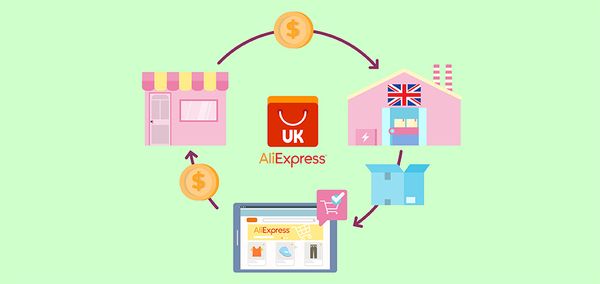
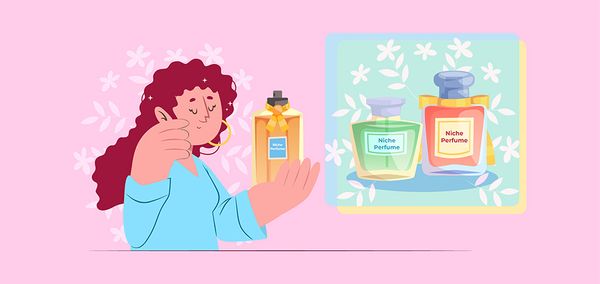





 Company
Company
 Why Choose DSers
Why Choose DSers
 Blog
Blog
 Help Center
Help Center




 Live Chat
Live Chat